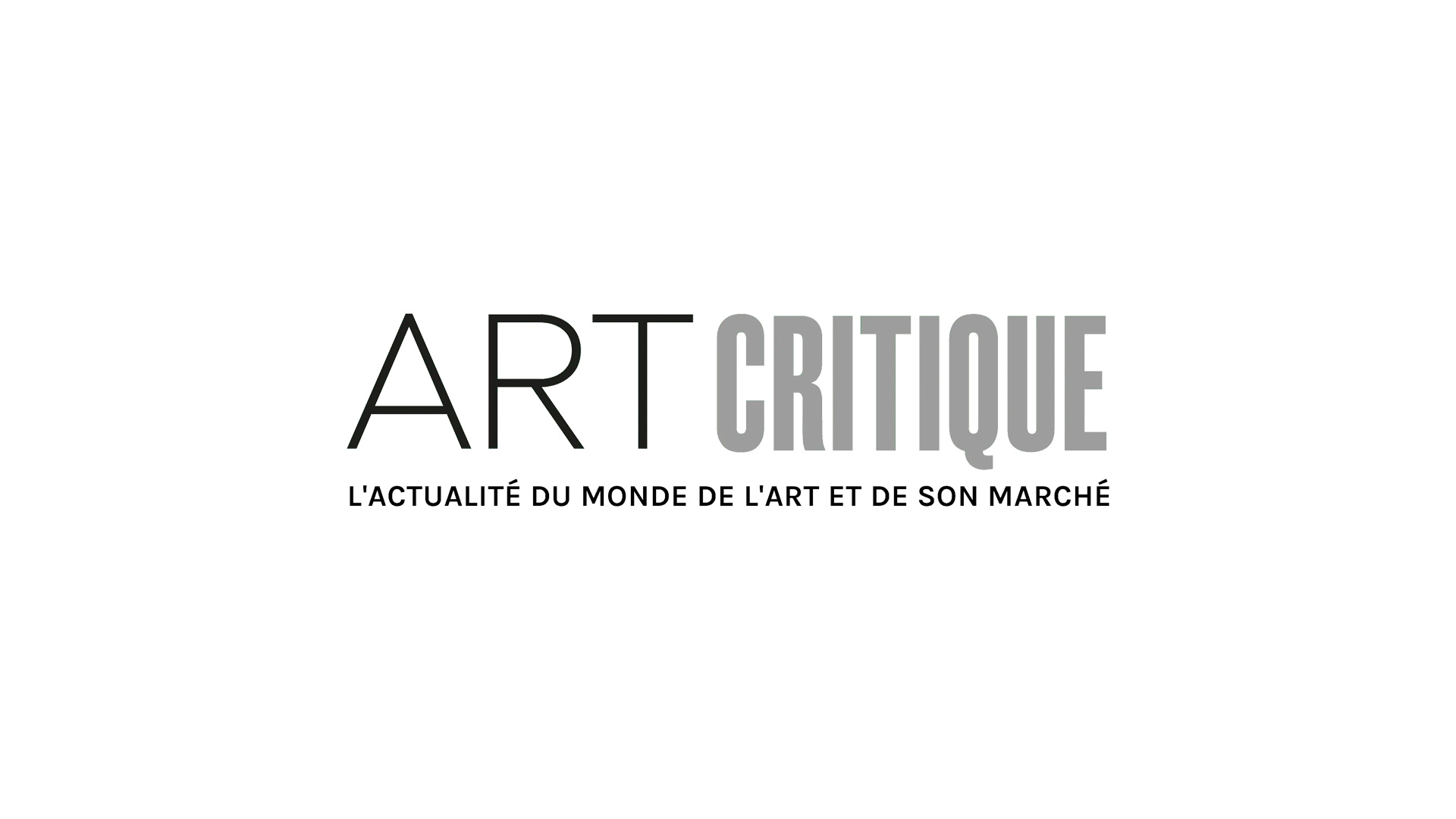Jacopo Tintoretto, one of Venice’s greatest Renaissance artists, is currently having his first retrospective in the US and North America to celebrate the 500th anniversary of his birth. While other museums have been set on securing works by Leonardo da Vinci to commemorate the 500th anniversary of his death throughout 2019, the National Gallery of Art (NGA) in Washington, DC opted to focus on the artist who, quite literally, gave other Venetian artists, like Titian, a run for their money.
The NGA has worked alongside the Fondazione Musei Civici di Venezia, with special help from the Gallerie dell’Accademia, to bring together nearly 50 paintings and over a dozen drawings by Tintoretto and his studio for ‘Tintoretto: Artist of Renaissance Venice,’ which began March 24th and runs through July 7th. Robert Echols, an independent scholar, and Frederick Ilchman, curator and chair of the Art of Europe department for the Museum of Fine Arts, Boston, have worked to create the exhibition.

Tintoretto, considered to be one of Venice’s ‘Big Three’ artists of the 16th century alongside Titian and Paolo Veronese, actually began as a student of Titian’s. However, the story goes that at age 12, Tintoretto was studying with Titian, who was about 30 years older than he, when Titian found some of the young artist’s drawings and they shocked Titian. The drawings were so good, says Ilchman, that Titian stopped tutoring the young Tintoretto fearing that he might outdo his teacher. That didn’t stop Tintoretto, though. He kept working and became a staple in Venice, where the competition amongst artists was hot.
However smart the competition was, Tintoretto seemed to be one step ahead. In 1564, he, along with three other artists, was asked to submit a drawing to potentially be chosen to create a painting that would be added to Venice’s Scuola Grande di San Rocco. Cunning as ever, Tintoretto doesn’t submit a drawing for his proposal. ‘Instead, he has pulled aside from the ceiling a big piece of cardboard to show — the fully completed oil on canvas installed in its intended position,’ says Ilchman to NPR. He then went on to offer the work as a donation, which couldn’t be refused. Tintoretto would go on to paint at least 60 more paintings for the building.

His large, muscular men became a mainstay in his works and Tintoretto had a flair for the dramatic. Tintoretto’s version of The Last Supper, which he painted around 1563 or 1564, is arguably far more emotive than da Vinci’s stoic fresco, for example. He was also in such high demand that he relied on his workshop to keep up with commissions, which also led to a number of works created by his workshop being wrongly attributed to the Old Master.
The work he did took a toll on him, too. The show opens with a self-portrait that he painted in his late 20s offering visitors to see the artist at the start of his career before walking through his oeuvre. At the end, ‘Tintoretto’ features a second self-portrait but towards the end of his life when he was in his 70s. ‘The impetuous, aggressive, younger artist in that early self-portrait — now the fire has really gone out of his eyes,’ Echols says of the comparison. ‘He’s now tired. He’s had a very long career, he’s been very successful, but boy, is he weary.’





